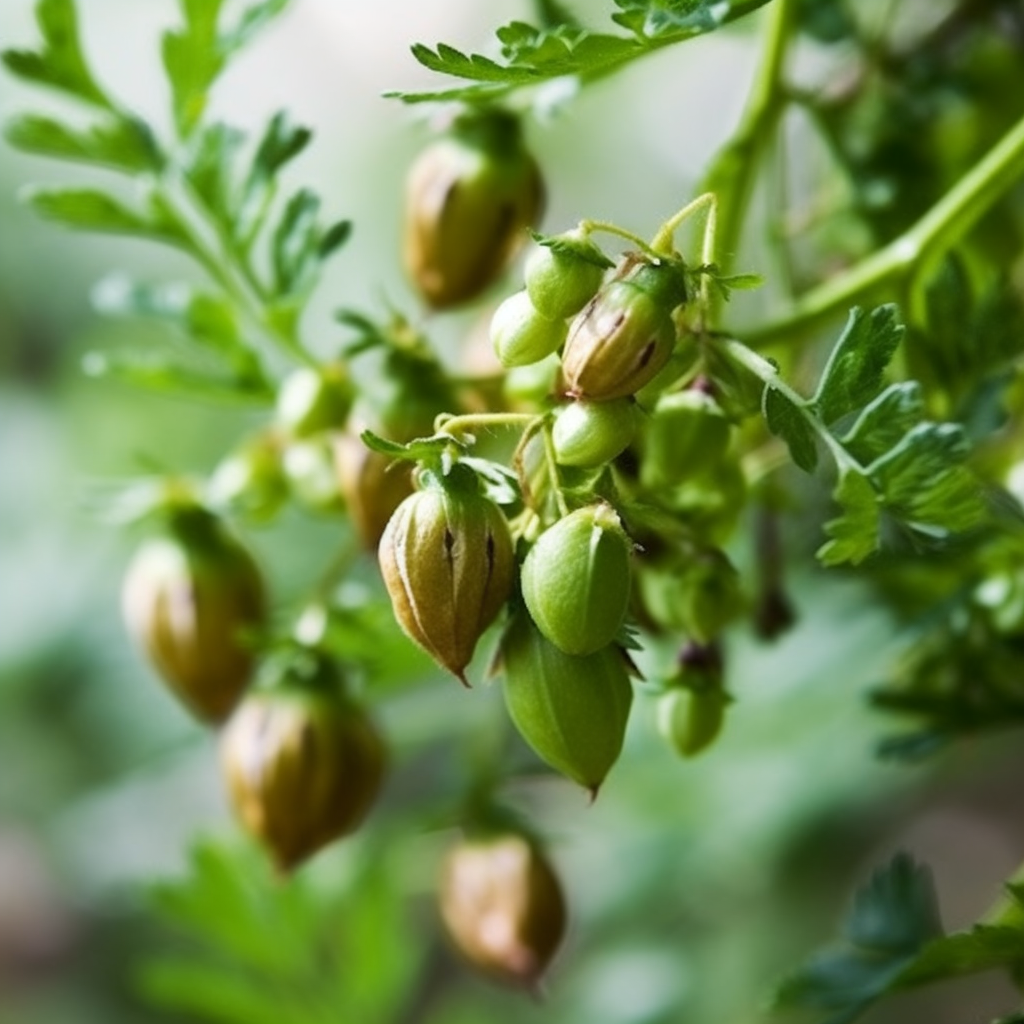Story of Day :
Contents
The Complete Guide to Growing and Caring for Chickpea Plants
If you’re looking to add a bit of protein to your garden, look no further than the humble chickpea plant! This legume is not only delicious but also easy to grow and care for. In this complete guide, we’ll cover everything you need to know about growing and caring for chickpeas.
What Are Chickpea Plants?
Chickpeas (Cicer arietinum) are a type of legume that have been cultivated for thousands of years. They are an excellent source of protein, fiber, iron, and other vital nutrients. The plants themselves can grow up to 20 inches tall and produce pods containing one or two seeds each.

Where Do Chickpea Plants Grow Best?
Chickpeas thrive in warm climates with well-draining soil. If you live in an area with cool summers or heavy rainfall, consider growing your chickpeas in containers so you can move them indoors when necessary. The ideal temperature range for growing chickpeas is between 60-70°F.
Sunlight Requirements
- Chickpea plants require full sun exposure and at least six hours of direct sunlight per day.
- Avoid planting them in areas that receive too much shade as this will reduce their yield significantly.

Soil Requirements
- The ideal pH range for growing chickpeas is between 6-7 but they can tolerate soils with pH levels as low as 5.5 or as high as 8.5.
- The soil should be well-draining with good water retention capabilities so that the roots do not dry out during hot weather.
- Chickpeas prefer loamy soils with plenty of organic matter such as compost or aged manure.
How to Plant Chickpea Seeds
The best time to plant chickpeas is in early spring, once the soil has warmed up and the risk of frost has passed. Here are the steps you need to follow:

- Prepare your soil by adding organic matter such as compost or aged manure.
- Dig a small hole about 1-2 inches deep and place one seed per hole.
- Cover the seeds with soil, water gently but thoroughly, and then mulch around each plant to conserve moisture in the soil.
Caring for Your Chickpea Plants
In order for your chickpea plants to thrive and produce a good yield, they need proper care. Here’s what you should keep in mind:

Watering Requirements
- Chickpea plants require regular watering especially during hot or dry spells.
- Avoid overwatering as this can lead to root rot which may cause damage to your plants. Instead, water them deeply but infrequently allowing them enough time between watering sessions so that their roots have time to recover before being soaked again.
Fertilizer Requirements
- <
- The best way is by using organic fertilizer instead of synthetic fertilizers that could damage both plant health and environment
Pest Control Measures for Chickpea Plants
If left uncontrolled pests & diseases like Ascochyta blight (Ascochyta rabiei), Fusarium wilt (Fusarium oxysporum), root rot and blight can cause significant damage to chickpea plants. Some of the pesticides and fungicides that work great for chickpeas include Azoxystrobin, Carbendazim, Tebuconazole, Propiconazole among others.
Harvesting Chickpea Pods
Chickpea plants typically take between 100-120 days to mature. When harvesting your chickpeas, look for pods that are dry and brittle with a yellowish-brown color. Simply remove the pods from the plant by hand or using pruning shears.
Drying Chickpeas
- Dry your harvested chickpeas completely before storing them in an airtight container or use them straight away while fresh.
Conclusion
Chickpea plants are easy to grow and care for provided you give them the right environment. With this complete guide, you now have all the information you need to get started on growing your own delicious legumes!
